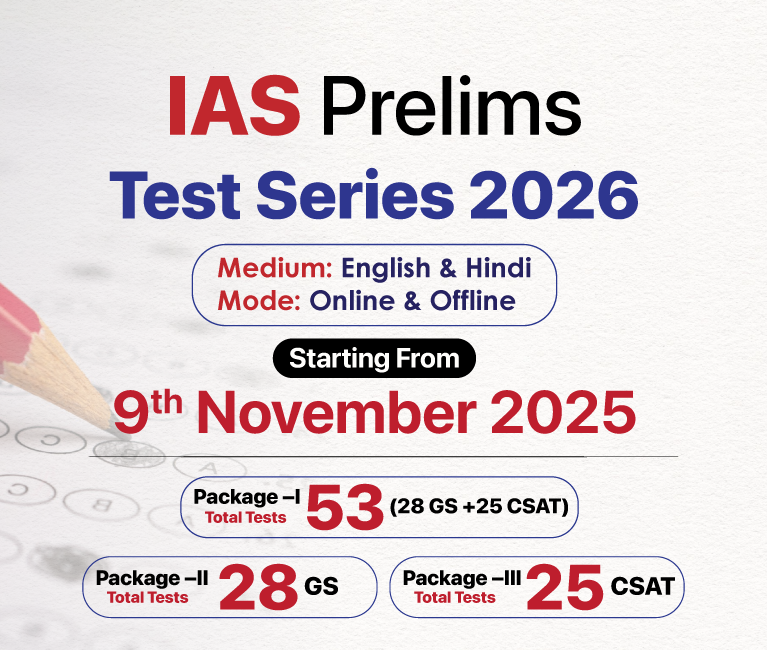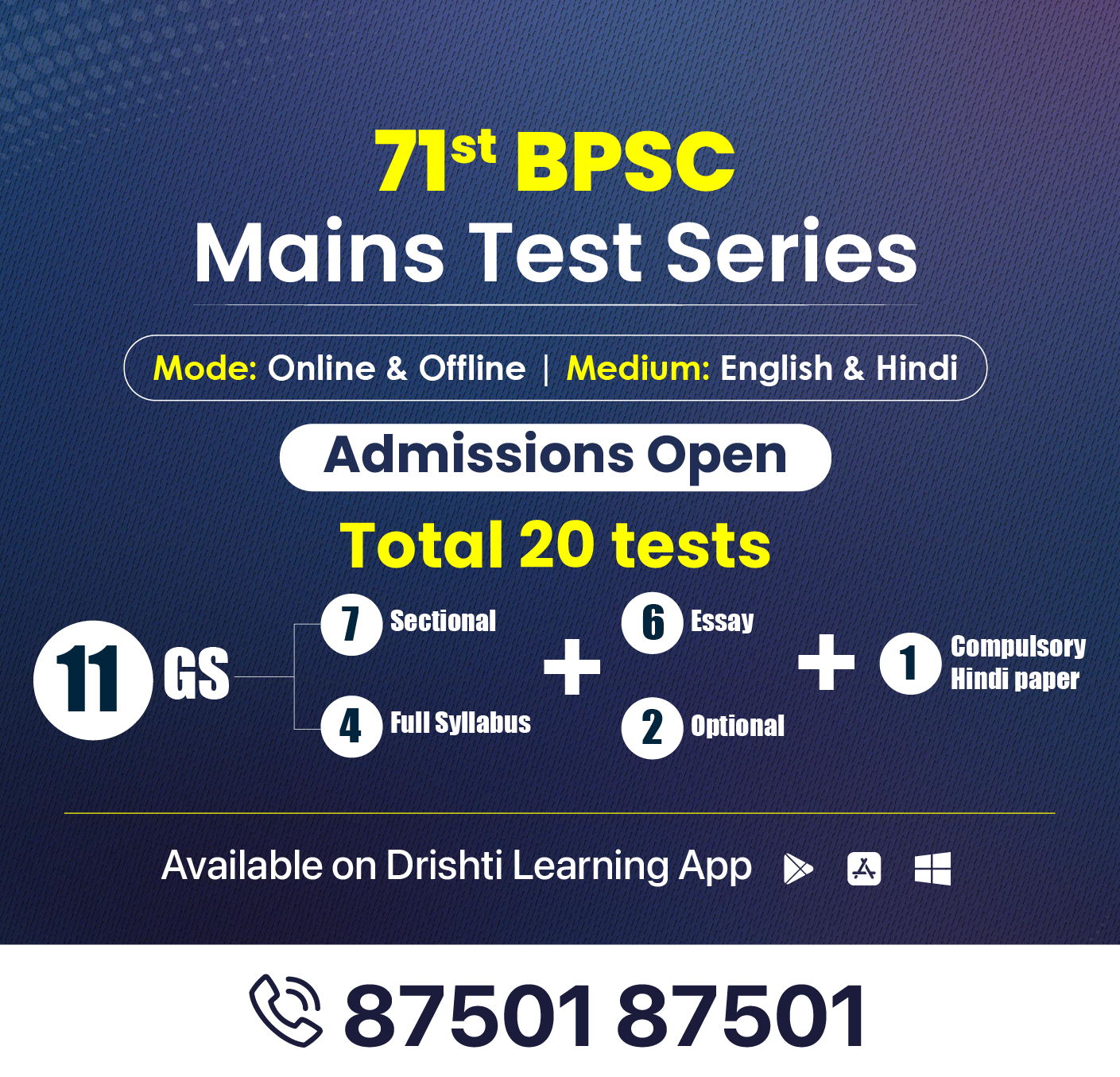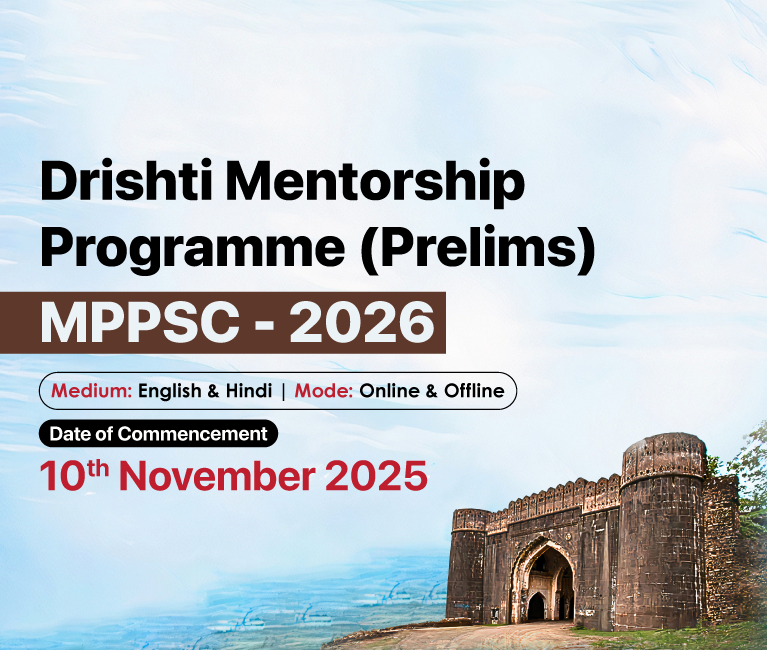Haryana Switch to Hindi
Haryana Day 2025
Why in News?
The Prime Minister extended warm greetings to the people of Haryana on the occasion of Haryana Day (1st November 2025), lauding the state’s farmers for their diligence, soldiers for their courage, and youth for their achievements.
Key Points
- Haryana was officially formed on 1st November 1966, following the reorganisation of Punjab on linguistic grounds.
- The move aimed to give administrative recognition to Hindi-speaking regions, ensuring better governance and cultural identity.
- The Shah Commission, constituted in April 1966, was tasked with recommending the division of Punjab based on language and administrative feasibility.
- The Commission submitted its report in May 1966, and most of its recommendations were implemented, leading to the creation of Haryana.
- The name ‘Haryana’, derived from Sanskrit (Hari – God, Ayana – home), literally means “Abode of God.”
- With a population of around 25 million, it is among India’s most industrialised and agriculturally advanced states.
- Known as the “Breadbasket of India,” it plays a vital role in food security and grain procurement.
The Punjab Reorganisation Act, 1966
- The Punjab Reorganisation Act, 1966 enacted by the Indian Parliament provided the legal framework for Haryana’s creation and the redistribution of Punjab’s administrative, territorial, and institutional setup.
- Key Provisions of the Act:
|
Aspect |
Details |
|
Formation of Haryana |
The Act defined the Hindi-speaking districts of Hissar, Rohtak, Gurgaon, Karnal, and Mahendragarh, along with parts of other districts, as forming the new State of Haryana. |
|
Creation of Chandigarh (Union Territory) |
Chandigarh was declared a Union Territory and made the shared capital of both Punjab and Haryana. |
|
Transfer to Himachal Pradesh |
The hilly areas of the former Punjab, including Kangra and Kullu, were merged with the Union Territory of Himachal Pradesh. |
|
Common High Court |
The Act established the Punjab and Haryana High Court, serving both states and the Union Territory of Chandigarh. |
|
Division of Assets and Liabilities |
Assets, debts, land, government employees, and key projects such as Bhakra-Nangal and Beas were divided among Punjab, Haryana, and the Union of India. Mechanisms were set up for shared management of inter-state resources. |
National Current Affairs Switch to Hindi
National Marine Fisheries Census 2025 Launched
Why in News?
The Union Minister of State for Fisheries, Animal Husbandry and Dairying, Shri George Kurian, launched the National Marine Fisheries Census (MFC) 2025 at ICAR–Central Marine Fisheries Research Institute (CMFRI), Kochi.
- This marks India’s first fully digitised fisheries census, representing a major stride towards data-driven and technology-enabled marine governance.
Key Points
- About:
- The National Marine Fisheries Census 2025 is a 45-day nationwide exercise designed to collect comprehensive data on India’s marine fishing sector.
- It will cover 1.2 million fisher households across 4,000 marine fishing villages in nine coastal States and four Union Territories.
- The enumeration will be conducted from 3rd November to 18th December, 2025.
- The initiative is coordinated by the Department of Fisheries (DoF) under the Ministry of Fisheries, Animal Husbandry and Dairying, with CMFRI as the nodal agency and the Fishery Survey of India (FSI) as the operational partner.
- Purpose and Objectives:
- To create a comprehensive digital database of marine fishing communities, infrastructure, and socio-economic indicators.
- To modernise fisheries management and improve welfare delivery through verified digital data.
- To link all fishers with the National Fisheries Digital Platform (NFDP) for streamlined access to government schemes.
- To facilitate better implementation of Pradhan Mantri Matsya Kisan Samridhi Sah-Yojana (PM-MKSSY) and Pradhan Mantri Matsya Sampada Yojana (PMMSY).
- Digitised and Real-Time Data Collection: For the first time, the Census adopts a fully digital mode, using two dedicated mobile applications developed by CMFRI to ensure accuracy, transparency, and efficiency.
|
Mobile Application |
Core Function |
Impact on the Census |
|
VyAS Bharat |
Data Capture and Geo-referencing |
Used by field staff to collect socio-economic data from 1.2 million fisher households and key statistics. Links each data entry to a specific location through geo-referencing. |
|
VyAS Sutra |
Verification and Monitoring |
Enables instant validation of field data and provides a centralised platform for live monitoring of the enumeration process across the country. |








.jpg)
.jpg)








-2026-web-eng.png)
-2026-mob-eng.png)
.png)


.jpg)



 PCS Parikshan
PCS Parikshan

